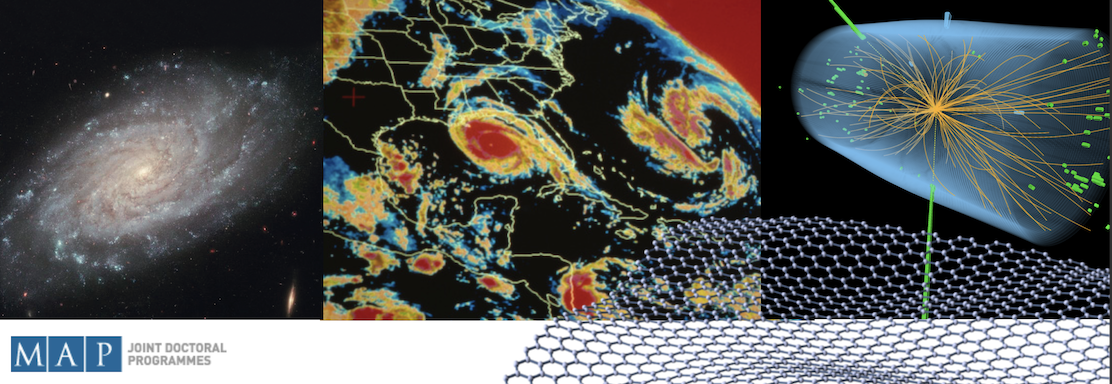We study the dynamical stability of Proca-Higgs stars, in spherical symmetry. These are solutions of the Einstein-Proca-Higgs model, which features a Higgs-like field coupled to a Proca field, both of which minimally coupled to the gravitational field. The corresponding stars can be regarded as Proca stars with self-interactions, while avoiding the hyperbolicity issues of self-interacting...
Spherical Proca Stars (PSs) are regarded as the ground state amongst the family of PSs. In accordance, spherical PSs are thought to have a fundamental branch of stable solutions.We provide energetic, morphological and dynamical evidence that spherical PSs are actually excited states. The ground state is shown to be a family of static, non-spherical, in fact prolate, PSs. The spherical stars in...
We study the 2→2 scattering in the regime where the wavelength of the scattered objects is comparable to their distance but is much larger than any Compton wavelength in the quantum field theory. We observe that in this regime - which differs from the eikonal - the Feynman diagram expansion takes the form of a geometric series, akin to the Born series of quantum mechanics. Conversely, we can...
Gravitational wave approximants are extremely useful tools in gravitational wave astronomy. By skipping the full evolution of numerical relativity waveforms, their usage allows for dense coverage of the parameter space of binary black hole (BBH) mergers for purposes of parameter inference, or, more generally, match filtering tasks. However, these benefits come at a slight cost to accuracy when...
The baryon asymmetry problem remains a crucial challenge in particle physics and cosmology. Electroweak baryogenesis, a leading mechanisms to produce the matter-antimatter asymmetry we observe today, requires an extension to the Standard Model to achieve a sufficiently strong first order phase transition.
Besides representing a target for several future-generation colliders, such Beyond the...
